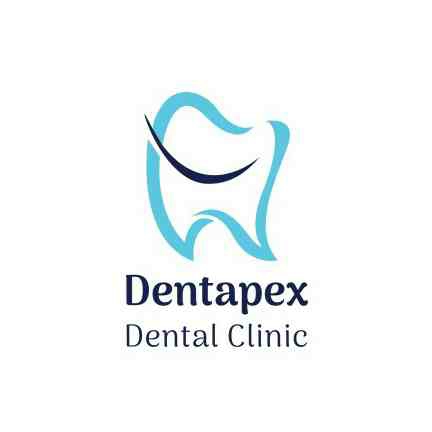+918045133587

This is your website preview.
Currently it only shows your basic business info. Start adding relevant business details such as description, images and products or services to gain your customers attention by using Boost 360 android app / iOS App / web portal.
As a dentist, I often encounter patients who are m...
As a dentist, I often encounter patients who are meticulous about their oral hygiene yet still struggle with cavities. One of the key preventive measures I advocate is the use of dental sealants. Sealants refer to thin protective varnishes that are placed to the chewing surfaces of molars and premolars. They act as barriers against food particles, bacteria, and acids that can lead to tooth decay, especially in areas that are difficult to clean with regular brushing and flossing. What are Sealants? Sealants are typically made from plastic or other dental materials and are painted onto the grooves of the back teeth. These grooves, known as pits and fissures, are particularly susceptible to decay because they can trap food particles and bacteria. Even the most diligent brushing may not fully clean these deep crevices. By sealing them off, we create a smoother surface that’s easier to clean and less likely to harbor harmful substances. Who Should Get Sealants? Sealants are highly beneficial for children and teenagers, especially when their permanent molars come in around the ages of 6 and 12. Even adults without dental fillings or decay in their molars can still derive advantages from sealants. As a preventive tool, sealants help to reduce the risk of cavities by nearly 80%, making them a powerful weapon in dental care. The Application Process The procedure to apply sealants is quick, painless, and straightforward. First, the teeth are cleaned thoroughly to remove any debris. Furthermore, a solution is administered to the chewing surfaces in order to gently roughen them, so enhancing the adhesion of the sealant.. The sealant material is The tooth was cured and solidified using a specialized curing light.. In just a few minutes, the tooth is protected. The entire process usually takes only a few minutes per tooth, making it a convenient option for patients. Longevity and Maintenance One of the most common concerns I hear from patients is how long sealants last. While sealants can wear down over time, they generally protect teeth for several years. I recommend regular dental checkups to ensure that the sealants are still intact. If a sealant is damaged or wears away, it can easily be reapplied. In many cases, a well-maintained sealant can last up to 10 years. Sealants and Fluoride: A Dual Defense Many patients wonder if sealants are necessary when they already use fluoride toothpaste. Fluoride is excellent for strengthening the entire tooth surface and making it more resistant to decay. However, sealants provide extra protection to the specific areas that are most prone to cavities. Together, fluoride and sealants form a dual defense system, offering maximum protection against tooth decay. Addressing Misconceptions Some people worry that sealants contain harmful chemicals. Modern sealants are rigorously tested for safety, and any minimal exposure to substances like BPA is far below levels that could cause harm. I always reassure my patients that the benefits of sealants in preventing cavities far outweigh any risks. Conclusion In my years of practice, I’ve seen firsthand how effective dental sealants are in preventing cavities, especially in children and teens. They offer a simple, affordable, and non-invasive way to protect teeth from decay. As dentists, our goal is to preserve natural teeth for as long as possible, and sealants are a vital tool in achieving that goal. I strongly recommend sealants for patients of all ages as part of a comprehensive oral health plan. FOR MORE ENQUIRIES, VISIT OR CALL US DENTAPEX DENTAL CLINIC MUTHANALLURU CROSS, MARATHAHALLI-SARJAPUR ROAD, DOMMASANDRA, BANGALORE 8369169473 #Dentist #Familydentest #bestdentalclinic #sarjapurroad #dommasandra #muthanllurucross #Dental clinic #Teeth cleaning #Teeth whitening #Dental implants #Orthodontics #Dental hygiene #Root canal #Oral surgery #Tooth extraction #Cosmetic dentistry #Gum disease #Dental emergency #Pediatric dentistry #Dental crowns #Dental bridges #Tooth filling #Invisalign #TMJ treatment #Sedation dentistry

